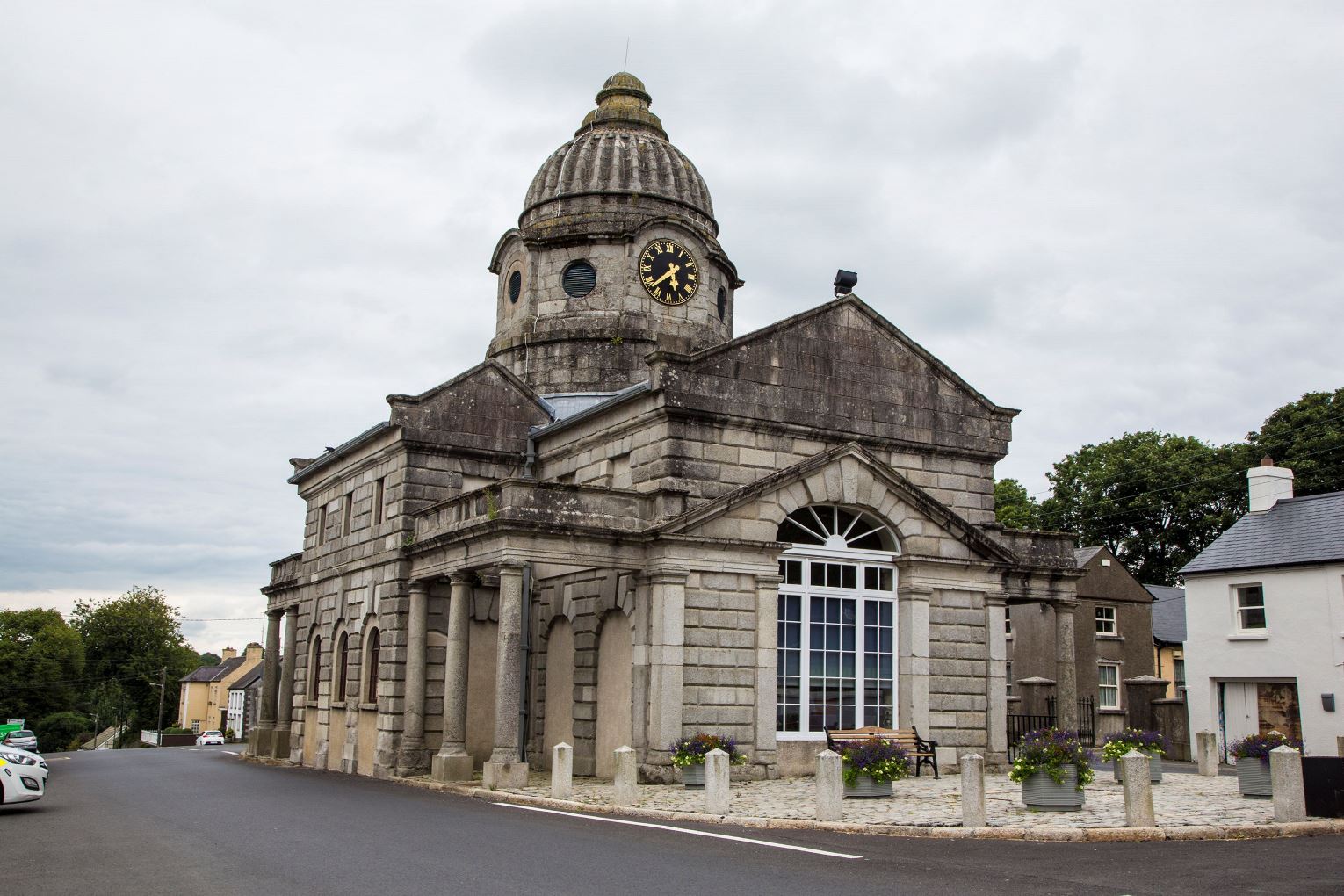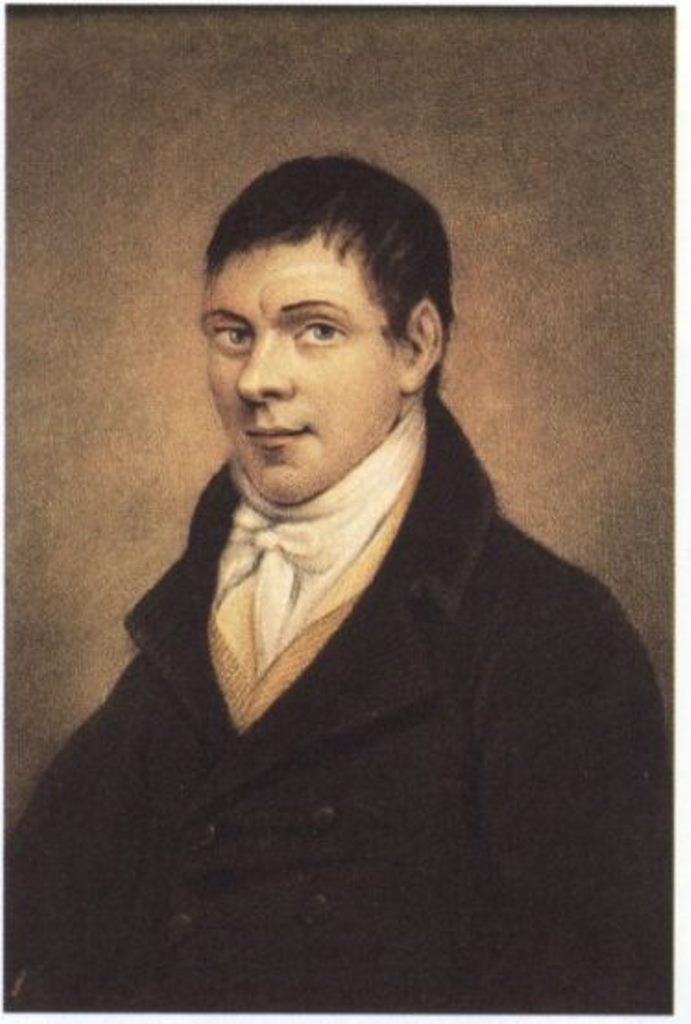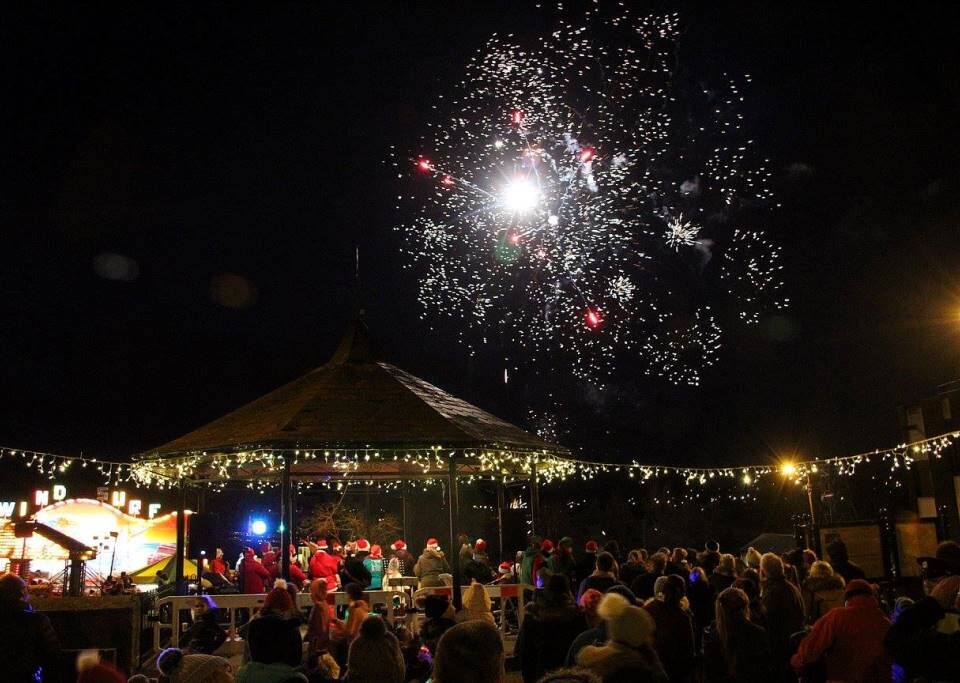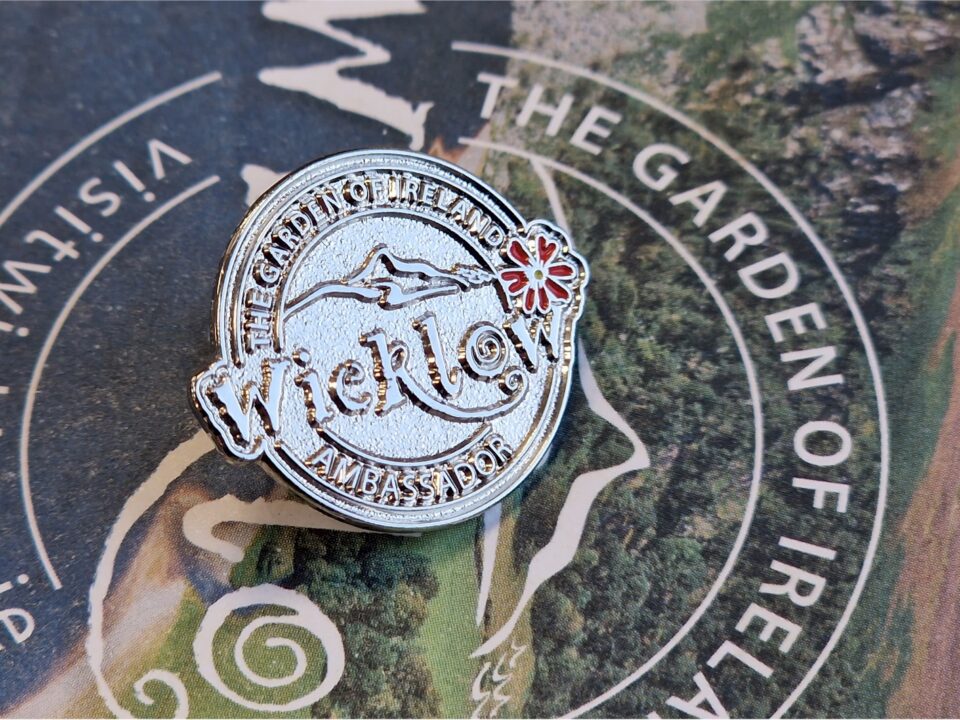Born in 1772 in the Glen of Imaal, West Wicklow, Michael Dwyer is one of the most famous rebels of the 1798 period and became known for his guerilla warfare tactics in the Wicklow Mountains where he successfully evaded capture for many years. Dwyer served as captain of the Ballymanus Corps in 1798 and fought alongside General Joseph Holt at significant battles such as Arklow and Vinegar Hill. After the rebel defeat that summer his group conducted numerous skirmishes against British forces from 1798 until late 1803. The desire of the British forces to expell Dwyer and his fellow rebels from the mountains was a key motivation for the construction of the Military Road. Imprisoned from 1803 until 1806, Dwyer was transported to New South Wales, Australia in 1806 where he remained , and continued to be a figure of some influence with the Irish community until his death on August 23rd 1825.
As part of the Michael Dwyer 200, a two day event marking the 200th anniversary of the death of the renowned “Wicklow Chief,” we have compiled a list of areas in Wicklow associated with the famous rebel.
Baravore Valley
This wild glen which was the refuge of many Irish patriots in their struggle for freedom is famous chiefly for the exploits of Michael Dwyer and “Fiac McHugh O’Byrne”.
Drumgaff Barracks at the entrance to Glenmalure and the second barracks on the military road is worthy of note due to the fact that it was raided and burned by Michael Dwyer and his men. It was subsequently rebuilt and re-garrisoned.
As one advances a little further, one encounters the large “Commemoration” stone with inscriptions on either side recording the achievements of Fiac McHugh O’Byrne and Michael Dwyer.
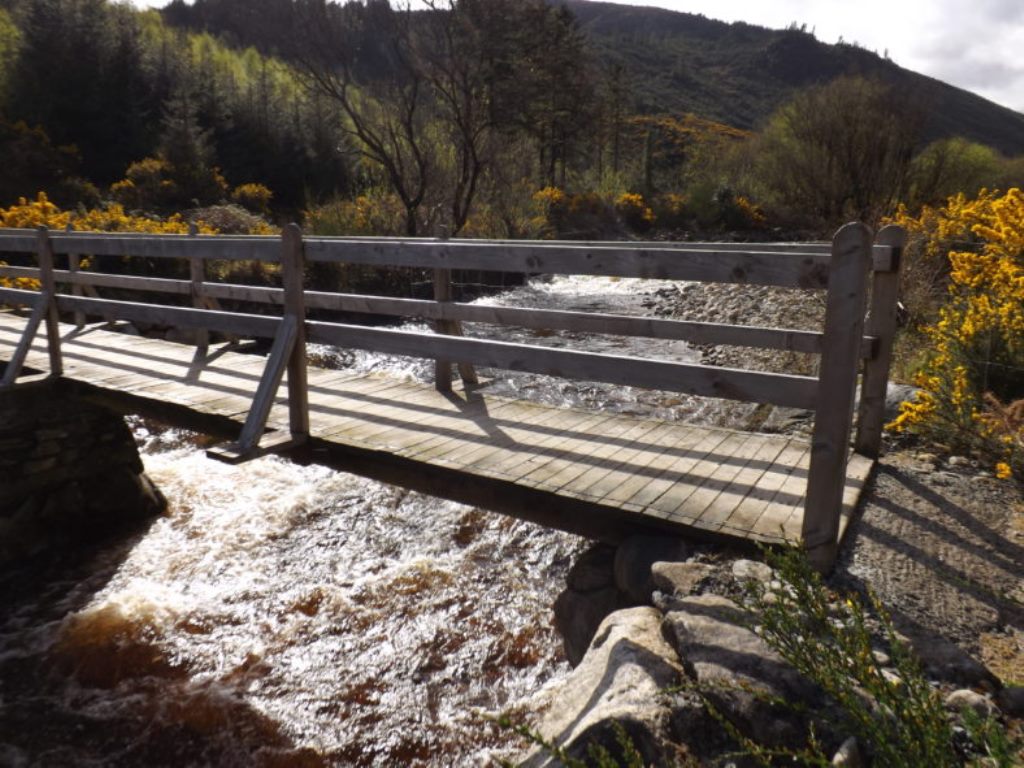
The Military Road
Ireland had experienced turmoil in 1798 when the United Irishmen rose in rebellion against British rule. The east of the country, particularly the counties of Wexford, Kildare and Wicklow, were the hotbed of the revolt. Although defeated, remnants of the rebels remained active in the remote and inaccessible Wicklow Mountains in the aftermath of the rebellion. Led by Michael Dwyer, a native of the mountains, they continued a guerilla-style campaign. In order to assert their control over this area and subdue the rebels, the British Army needed quick and easy access and it was for this reason that the road was built. At the time, there were several roads running east-west across the Wicklow Mountains, but none running north-south. The strategic new road would make this isolated area far more accessible and prevent rebels from operating unhindered.
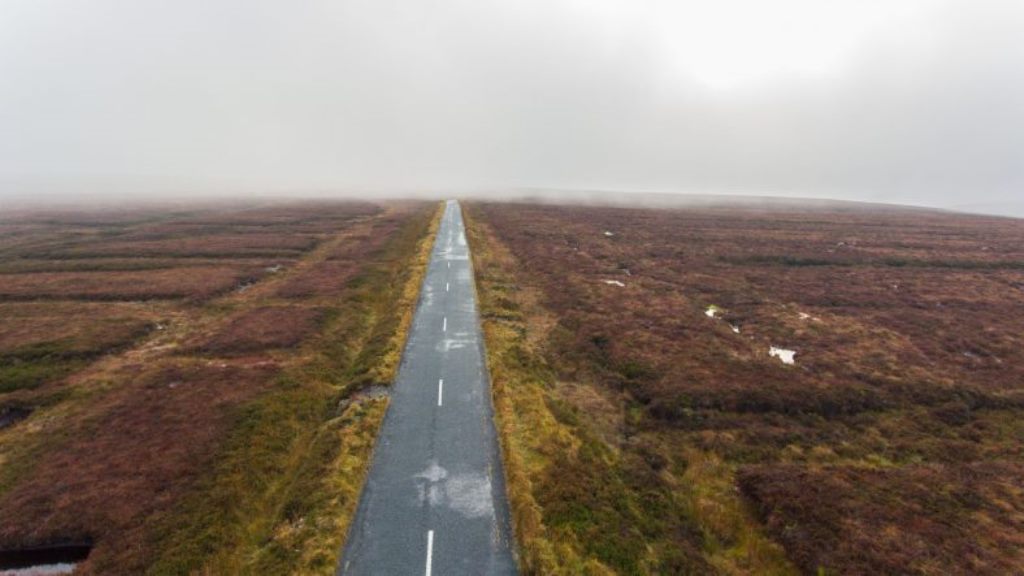
Dwyer Mc Alister Cottage
This thatched and whitewashed cottage nestles in the shade of Keadeen Mountain off the Donard to Rathdangan road in County Wicklow.
Today, it seems like an unlikely site of conflict. However, in the winter of 1799 it was a different story. It was from this cottage that the famed rebel Michael Dwyer fought the encircling British. One of Dwyer’s compatriots, Samuel McAllister, drew fire upon himself and was killed. This allowed Dwyer to make good his escape over the snow-covered mountains.
The cottage was later destroyed by fire and lay in ruins for almost 150 years. It was restored to its original form in the twentieth century. Now, it contains various items of the period – both those that characterised everyday life, such a roasting spit and a churn, and those that only appeared in the throes of combat, such as deadly pikes.
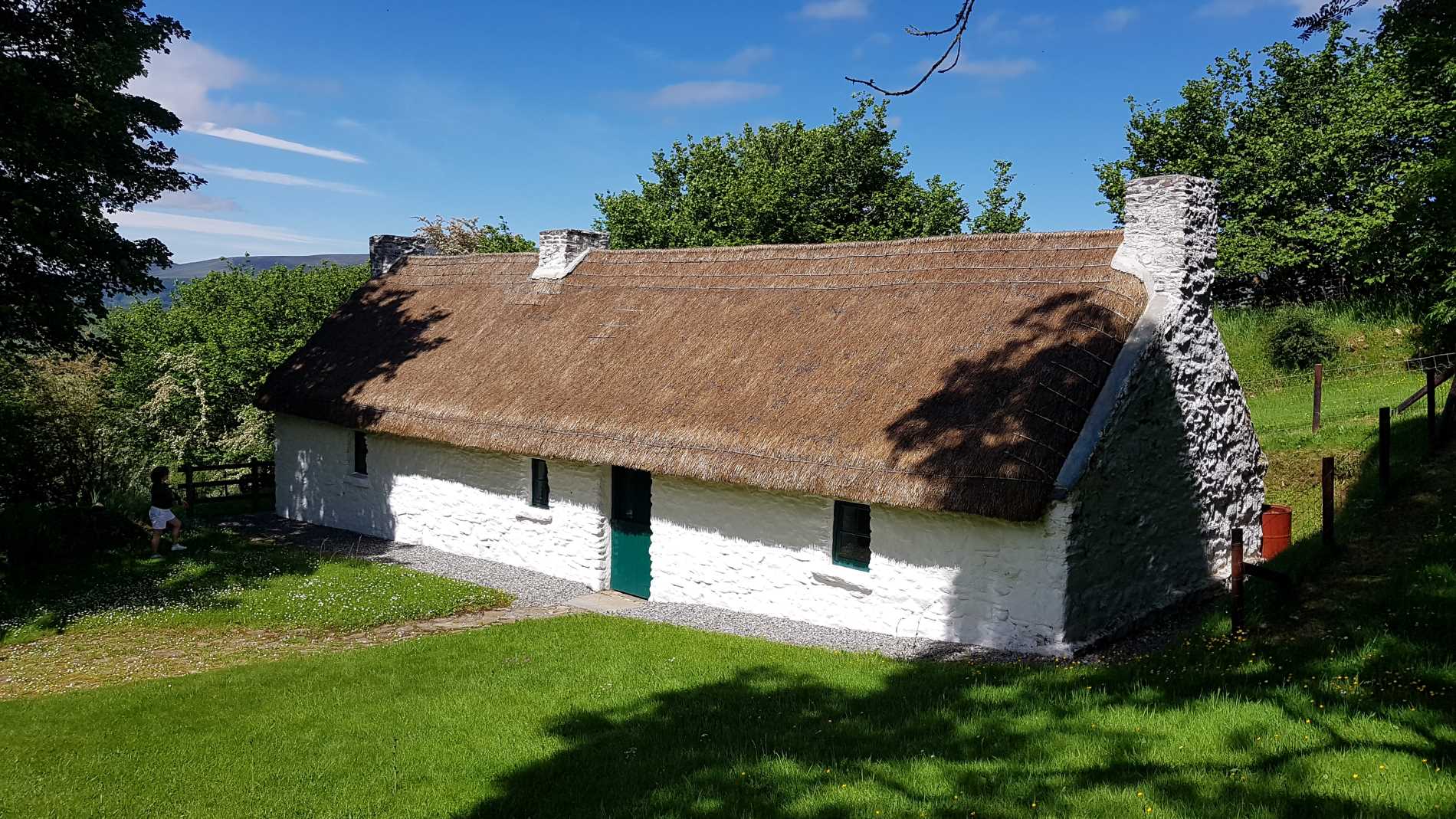
Glen of Imaal
Michael Dwyer was born in the Townland of Camara, in the Glen of Imaal in 1772. Son of a small farmer, he was destined to become one of Wicklow’s most famous sons, and a living legend in his own time. Said to be influenced into republicanism by his schoolteacher, Peter Birr, he joined the United Irishmen in 1797, When the ’98 rising broke out, he travelled to Wexford as a Captain in the Ballymanus Corps, and with them took part in the battle of Vinegar Hill and other minor skirmishes.
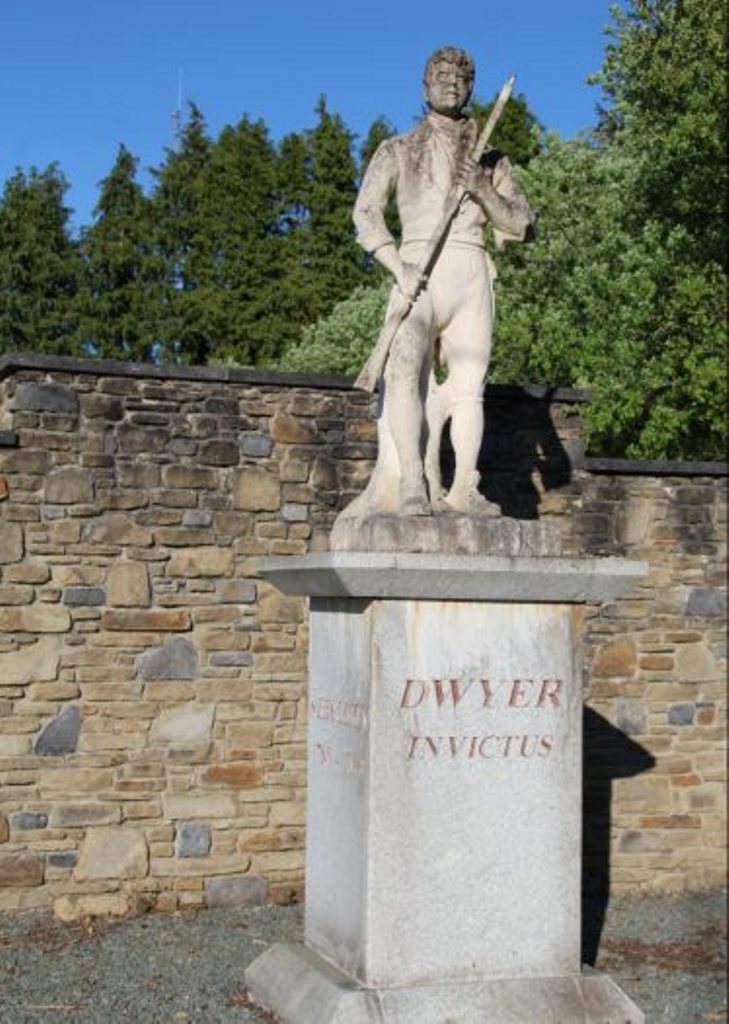
Rathdangan
Michael Dwyer had an escape from Rathdangan, a village situated about three miles from Kiltegan.
The Yeomen got information that Michael was at Mass in Rathdangan and they quickly surrounded the area. Dwyer was warned and spoke a few words to three farmers standing near him. Meanwhile the Yeos were trying to make their way into the church but were obstructd by the people, who were crowding together to conceal Michael. Suddenly there was a trumpet blast from outside, followed by cheers from the people standing near by.
The Yeos rushed out to see three men running up the hill. They were pursued and eventually captured, but none of them was Michael Dwyer, who had slipped away.
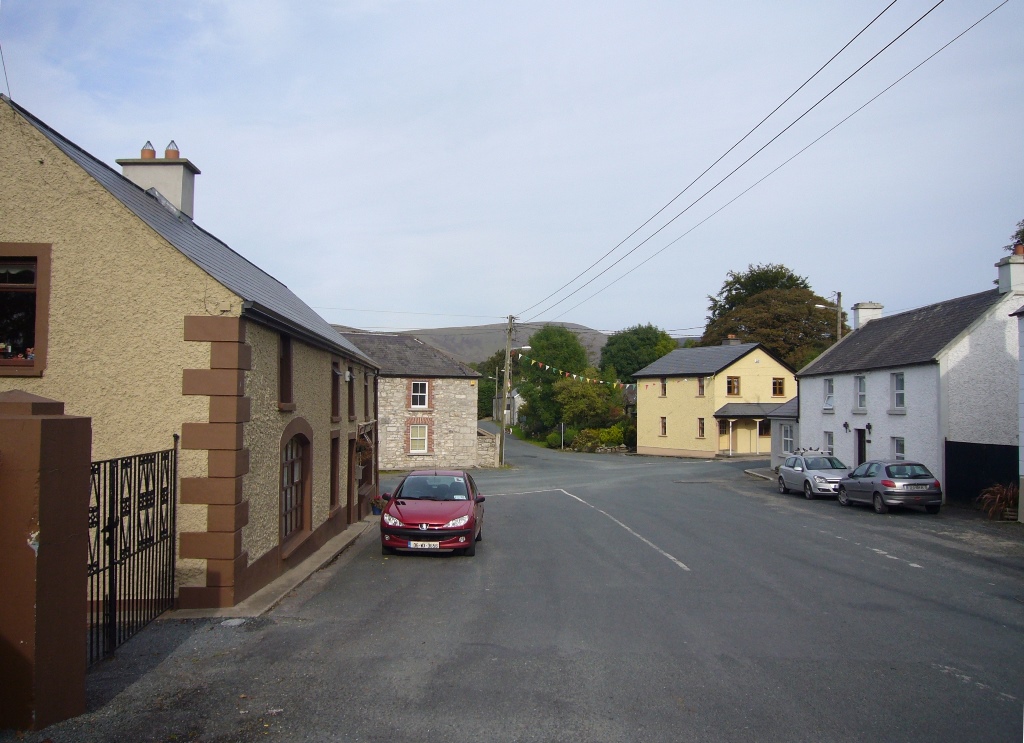
Dunlavin
The 1798 Rebellion was a decisive moment in Irish history which shaped Loyalist and Republican attitudes for generations. Although the enormity of the rebellion and its legacy cannot be overstated, the event itself was short-lived. The fighting lasted through one fateful summer, ending with the insurrection being totally subdued. But there was one area in the west of County Wicklow where the rebellion was not subdued. The violence here lasted five and a half years and only ended when the rebels freely laid down their arms in December 1803. It was centred on Dunlavin parish, which stretches from the County Kildare border to the summit of Lugnaquilla. The charming village of Dunlavin was the scene of a horrific massacre on the very first day of the 1798 Rebellion. Thirty six unarmed and defenceless prisoners who had played no part in the hostilities were shot on the village green. Other prisoners were hanged from the pillars of the village market house.
One of the principal consequences of The 1798 Rebellion was the guerrilla campaign waged by Michael Dwyer and his rebel band in the Wicklow Mountains.
